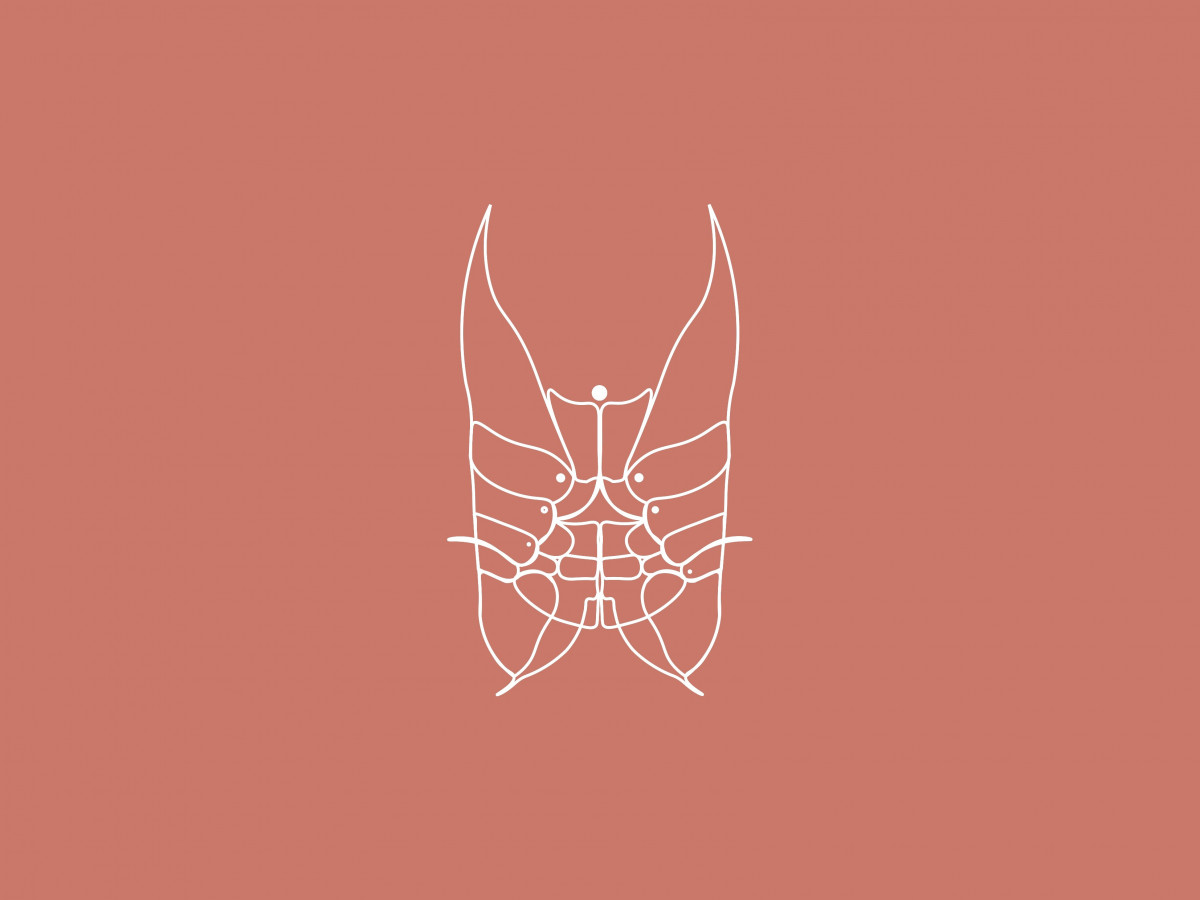
Which spaces do we prefer to commemorate a historical event or person? Stone monuments and statues are the traditional European forms of commemoration, whereas, in Africa, human bodies serve primarily as a memorial site. The philosopher Achille Mbembe criticises the creation of (colonial) monuments because they try to keep the oppressed in a permanent state of ‘trance’. That is why artist John K Cobra/Roland Gunst calls this kind of construction ‘trance-architecture’. This architecture is rigid and tries to perpetuate existing classifications. Activists fight this hierarchical way of thinking by physically deconstructing the monuments.
John K Cobra/Roland Gunst is exploring an alternative to constructing and deconstructing monuments with his ‘trans-architecture’. His ‘performing power figures’ are neither architecture nor man: they are fluid organisms that grow with the changing society. They are constructed from ‘kwanga’, an Afro-European material that has the potential to explore different outer possibilities without reaching a definitive form. It is all and nothing, everywhere and nowhere, always in transition: because the body is fluid, it cannot construct or deconstruct a rigid hierarchical logic.
Which spaces do we prefer to commemorate a historical event or person? Stone monuments and statues are the traditional European forms of commemoration, whereas, in Africa, human bodies serve primarily as a memorial site. The philosopher Achille Mbembe criticises the creation of (colonial) monuments because they try to keep the oppressed in a permanent state of ‘trance’. That is why artist John K Cobra/Roland Gunst calls this kind of construction ‘trance-architecture’. This architecture is rigid and tries to perpetuate existing classifications. Activists fight this hierarchical way of thinking by physically deconstructing the monuments.
John K Cobra/Roland Gunst is exploring an alternative to constructing and deconstructing monuments with his ‘trans-architecture’. His ‘performing power figures’ are neither architecture nor man: they are fluid organisms that grow with the changing society. They are constructed from ‘kwanga’, an Afro-European material that has the potential to explore different outer possibilities without reaching a definitive form. It is all and nothing, everywhere and nowhere, always in transition: because the body is fluid, it cannot construct or deconstruct a rigid hierarchical logic.